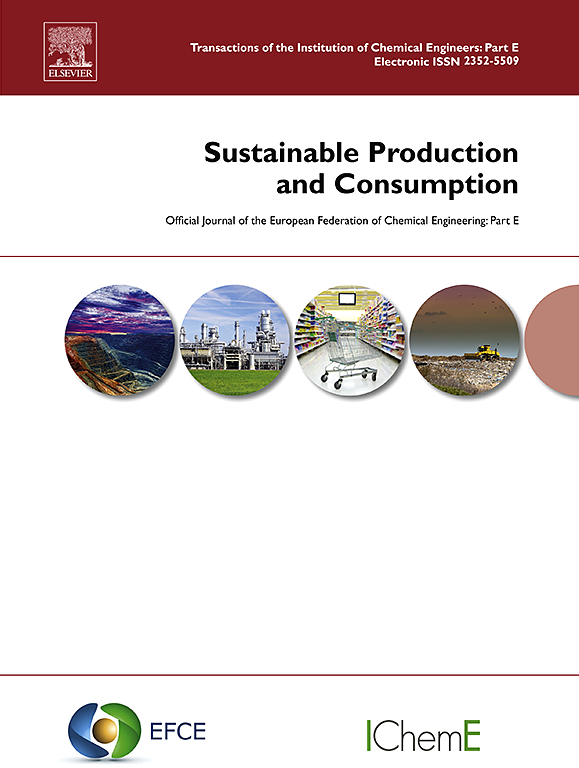A comprehensive review of life cycle assessments of direct air capture and carbon dioxide storage
IF 10.9
1区 环境科学与生态学
Q1 ENVIRONMENTAL STUDIES
引用次数: 0
Abstract
This review critically assesses Life Cycle Assessments (LCAs) of Direct Air Capture and Carbon Storage (DACCS) technologies, emphasizing environmental impact and effectiveness of these technologies. As global efforts to mitigate CO₂ emissions intensify, DACCS is increasingly viewed as a promising solution, yet its broader environmental implications require careful consideration. The review synthesizes findings from various LCA studies, revealing substantial variability in life cycle efficiency and environmental impacts across different DACCS systems. Solid sorbent technologies demonstrate average net greenhouse gas reductions of 640 kg CO₂-eq/t CO₂, while liquid sorbent systems achieve reductions of about 560 kg CO₂-eq/t CO₂, with system carbon efficiencies ranging between 56 % and 64 %, influenced by operational conditions and regional factors. Beyond climate impacts, DACCS systems exhibit significant resource demands: water consumption ranges from 1 to 12 tons per ton of CO2 captured, and land use spans 85–4450 km2 based on system configuration and renewable energy requirements. For gigaton-scale facilities, significant environmental trade-offs emerge, including substantial particulate matter emissions (170–180 kt annually) and varying impacts on marine eutrophication (up to 90 % higher for amine-based systems compared to hydroxide-based alternatives). Low-temperature DAC systems exhibit higher human toxicity and ecotoxicity impacts due to increased electricity demands, while metal resource depletion varies significantly based on system design and energy sources. This study highlights the critical need for standardized LCAs and transparent reporting practices to enable consistent comparisons between technologies. Based on the analysis, the review provides recommendations for optimizing system design and deployment strategies to minimize environmental trade-offs while maximizing carbon removal potential. These insights support efforts to achieve carbon neutrality by 2050 in alignment with Intergovernmental Panel on Climate Change (IPCC) targets.
求助全文
约1分钟内获得全文
求助全文
来源期刊

Sustainable Production and Consumption
Environmental Science-Environmental Engineering
CiteScore
17.40
自引率
7.40%
发文量
389
审稿时长
13 days
期刊介绍:
Sustainable production and consumption refers to the production and utilization of goods and services in a way that benefits society, is economically viable, and has minimal environmental impact throughout its entire lifespan. Our journal is dedicated to publishing top-notch interdisciplinary research and practical studies in this emerging field. We take a distinctive approach by examining the interplay between technology, consumption patterns, and policy to identify sustainable solutions for both production and consumption systems.
 求助内容:
求助内容: 应助结果提醒方式:
应助结果提醒方式:


